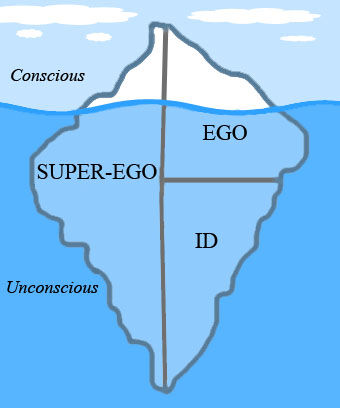He believed that the Ego develops and later internalize society's norms and values that begin to further develop their Superego
 What is Sigmund Freud and his Psychoanalytic Theory?
What is Sigmund Freud and his Psychoanalytic Theory?
An evaluation of one’s identity
What is self-esteem?
Define the Family Stress Model
It describes how financial difficulties are associated with parents’ depressed moods, which in turn lead to marital problems and poor parenting that contributes to poorer child adjustment
What is autonomous-interdependence?
The 5th stage of friendship in life where a friend is someone who accepts you and that you accept as they are
What stage of Erikson's Psychosocial Theory could be described as...
Children either developing a sense of pride and accomplishment in their schoolwork, sports, social activities, and family life, or they feel inferior and inadequate when they don’t measure up
What is the Industry vs. Inferiority Stage?
The belief that you are capable of carrying out a specific task or of reaching a specific goal
What is Self-efficacy?
What is a nuclear family/traditional family model?
Two married parents and children
What are the three stages of Children's Conceptualization of Friendship?
Stage One: Reward-cost
Stage Two: Normative Expectation
Stage Three: Empathy and Understanding
What is the Heinz Dilemma?
Self Concept vs. Self Esteem
Self Concept- beliefs about general personal identity. These beliefs include personal attributes, such as one’s age, physical characteristics, behaviors, and competencies
Self Esteem- involves internalizing others’ appraisals and creating social comparison affect children’s
What is the most common type of family worldwide?
Extended families include three generations, grandparents, parents, and children. This is the most common type of family worldwide
Popular Prosocial Children vs. Popular Antisocial Children
Popular Prosocial Children- tend to do well in school and are cooperative and friendly
Popular Antisocial Children- gains popularity by acting tough or spreading rumors about others
Preconventional Morality vs. Conventional Morality
Preconventional- focuses on self-interest. Punishment is avoided and rewards are sought
Conventional- is one that gains the approval of others or one that complies with the law. People care about the effect of their actions on others
Intrinsic vs. Extrinsic Motivation
Intrinsic- engagement in an activity for one's own sake
Extrinsic- engagement done in order to receive something from others or avoid certain negative outcomes
What type of family is described below?
Anthony's mom unfortunately was sentenced to prison. Anrhony's grandparents now care for him.
What are Kinship Families?
What are the 9 catergories of Peer Relationships?
Popular Children
Rejected children
Controversial children
Neglected children
Average children
Popular-prosocial children
Popular-antisocial children
Rejected-withdrawn children
Rejected-aggressive children
Why is level three or PostConventional Morality not included in middle childhood?
It is not included because it focuses on adolescence and adulthood
The concept that fits the following Scenario:
Hannah believes she is stupid and terrible in math. She believes she will never get good grades in math no matter how hard she tries
What is Learned Helplessness?
- also will accept fixed mindset
Berger's List of 5 Family Functions
1. Providing food, clothing and shelter
2. Encouraging learning
3. Developing self-esteem
4. Nurturing friendships with peers
5. Providing harmony and stability
Term Associated with the following description:
Sarah disliked the new girl at school. She decided to send her mean texts from an anonymous number and post rumors online
Cyberbullying